World's TOP 5 Suction Cups Factory
KINGFAR. Suction Cups Best Quality

Design Team From USA

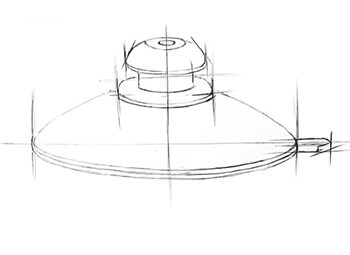
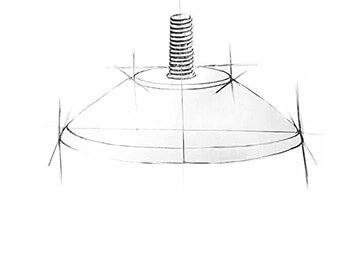
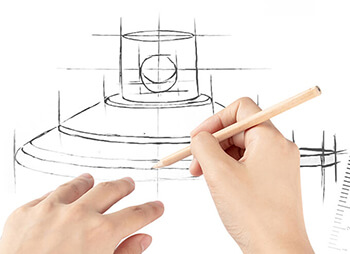

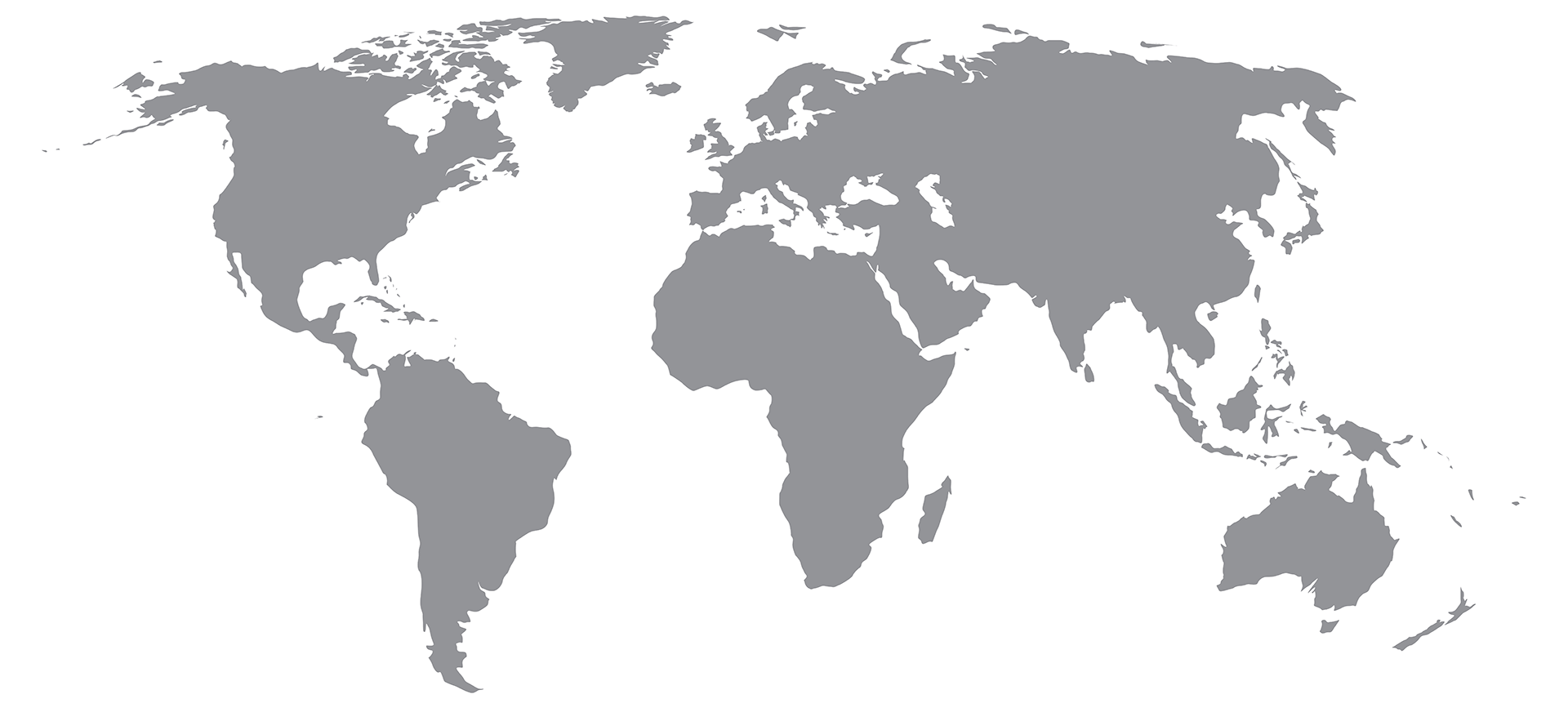
*The global sales of Suction cups is 130,000,000pcs. The data comes from all sales of Kingfar Group Until December 31, 2022.
KINGFAR Group incorporated in 2003 is the Chinese suction cups manufacturers for nearly 20 years, known throughout the international suction cups industry.
Kingfar's main products include clear PVC plastic suction cups and suction cup hooks, suction cup with screw, christmas wreath hooks and bathroom products and more.
We has established worldwide partnerships and the first in the industry passed the ISO9001, ISO14001, ISO45001 quality management and have 7 Trademarks and over 20 patented.
Kingfar suction cups products comply with the environmental CA65, Phthalates free and EU RoHS/REACH directives.
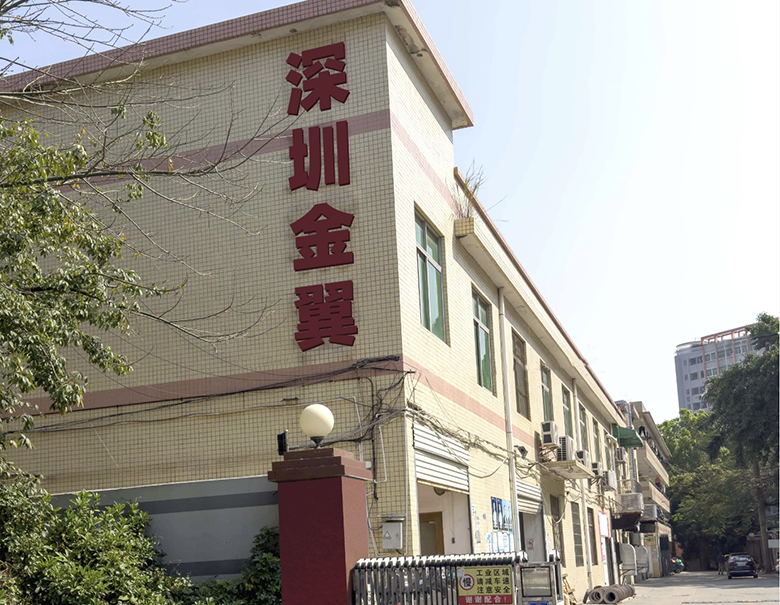
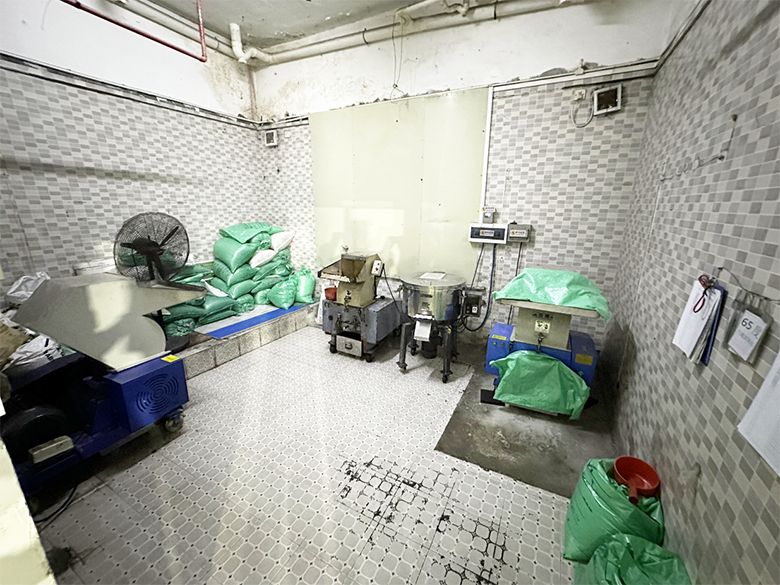 Materials
Materials
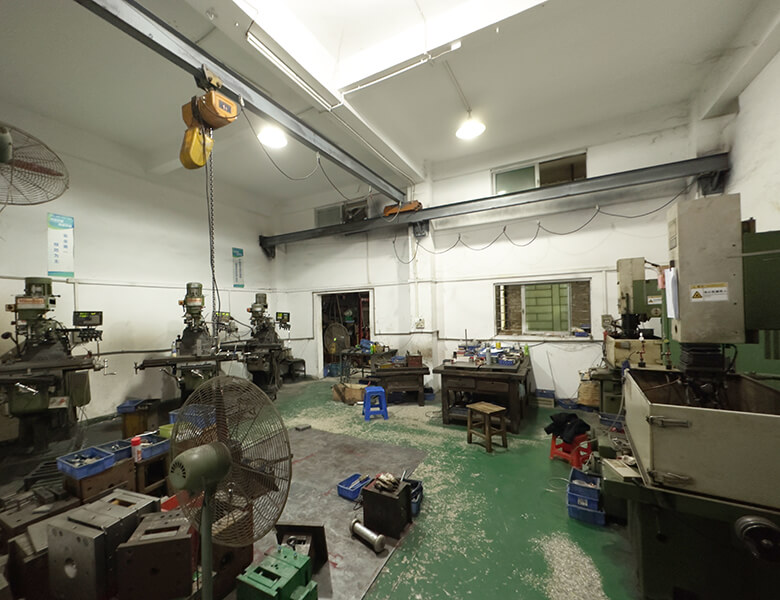 Mould
Mould
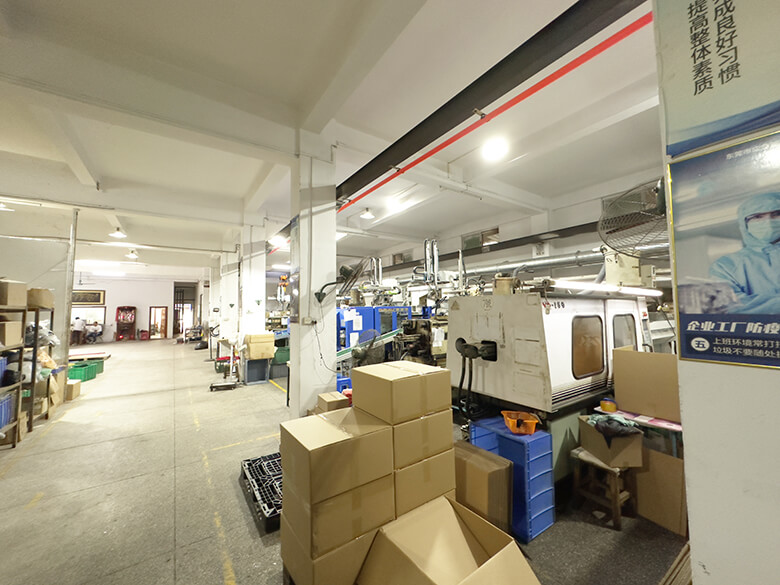 Workshops
Workshops
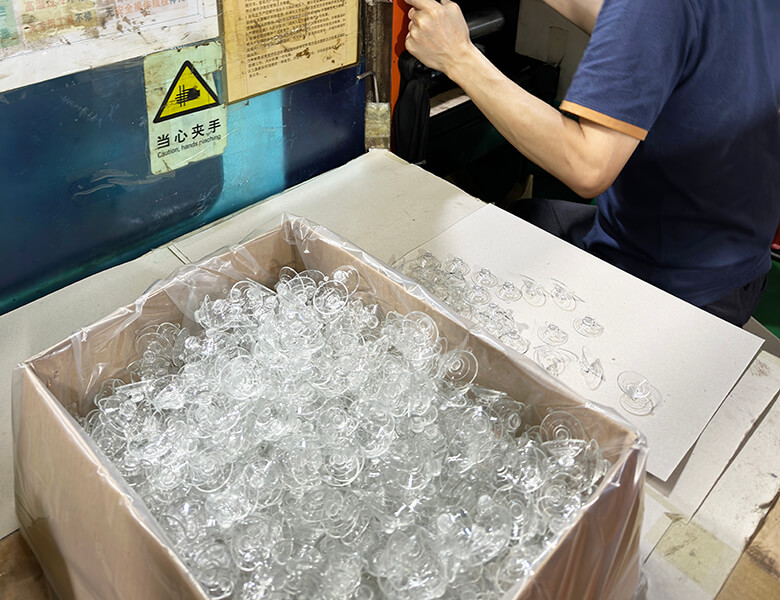 Workshops
Workshops
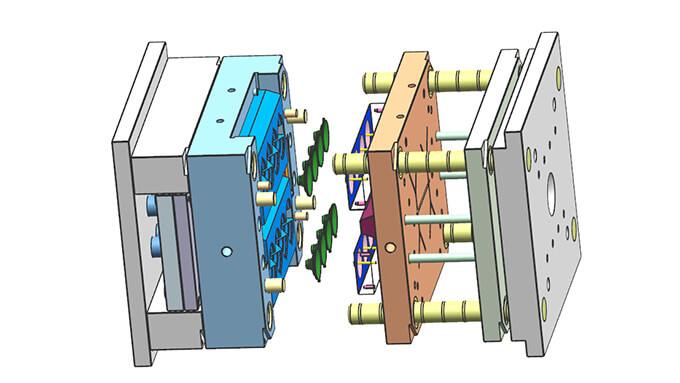 Mould
Mould
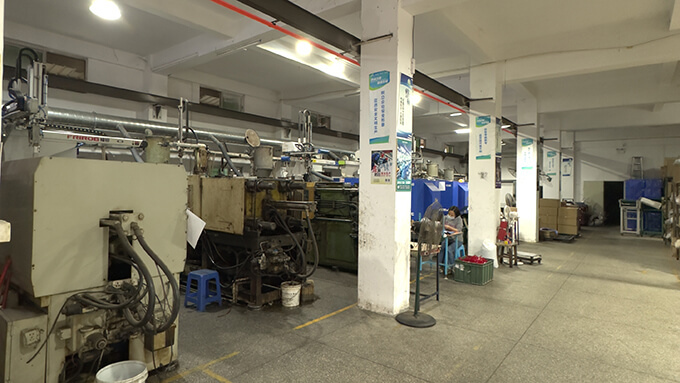 Workshops
Workshops
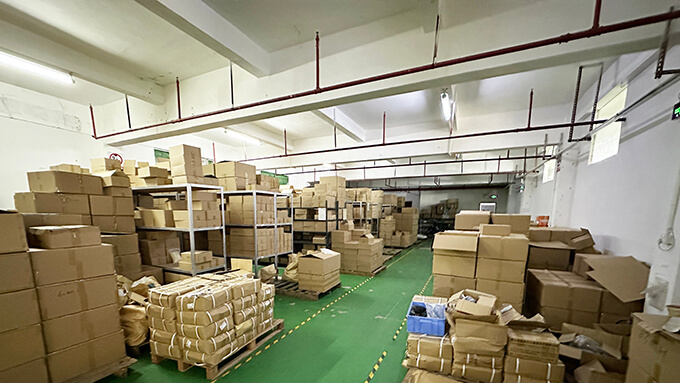 Warehouse
Warehouse
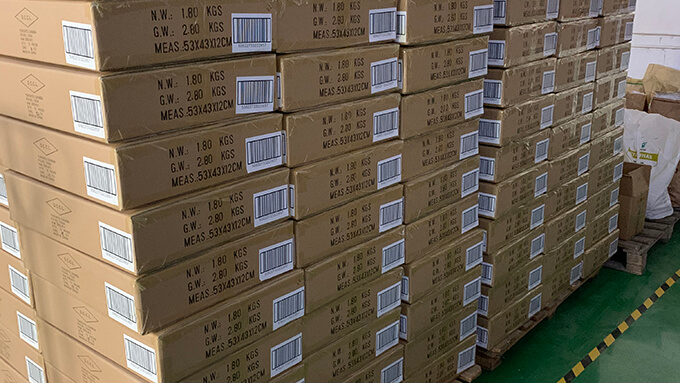 Warehouse
Warehouse
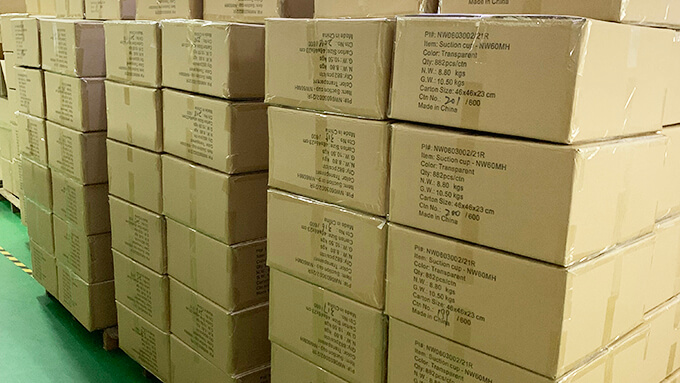 Warehouse
Warehouse
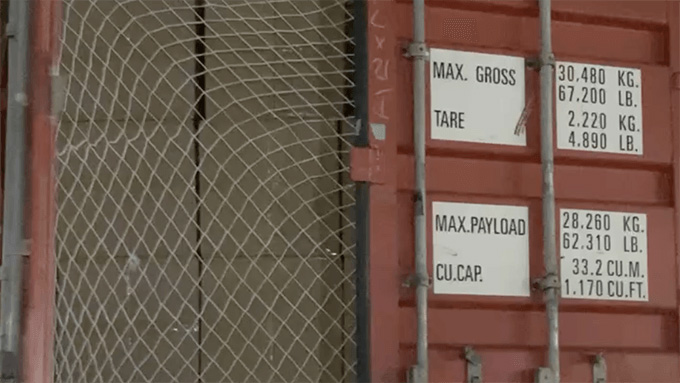 Shipping
Shipping

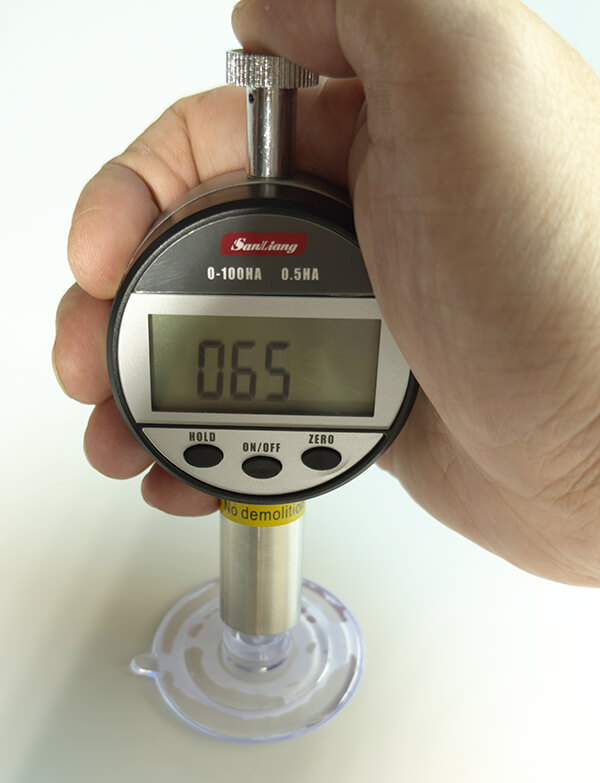
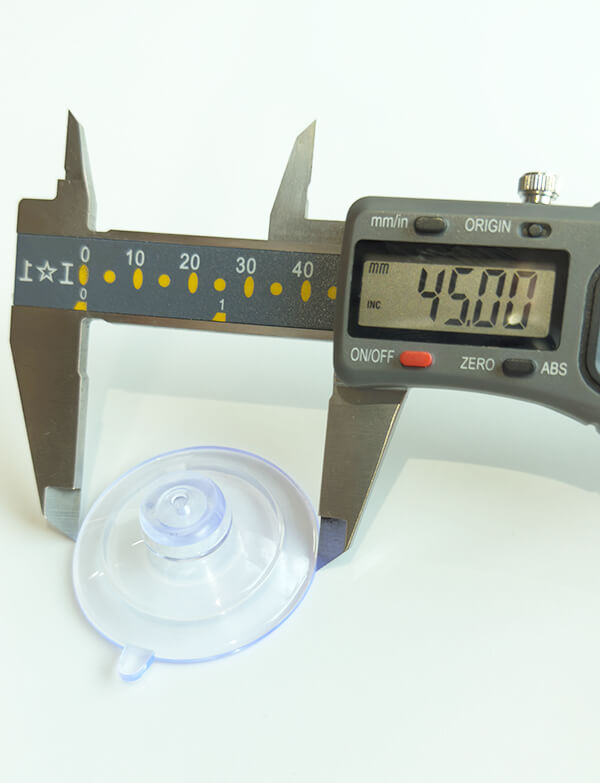
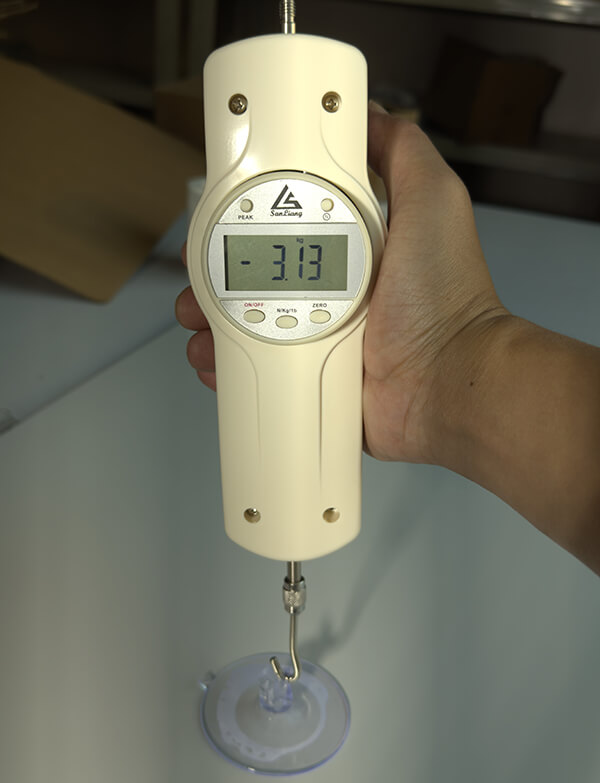
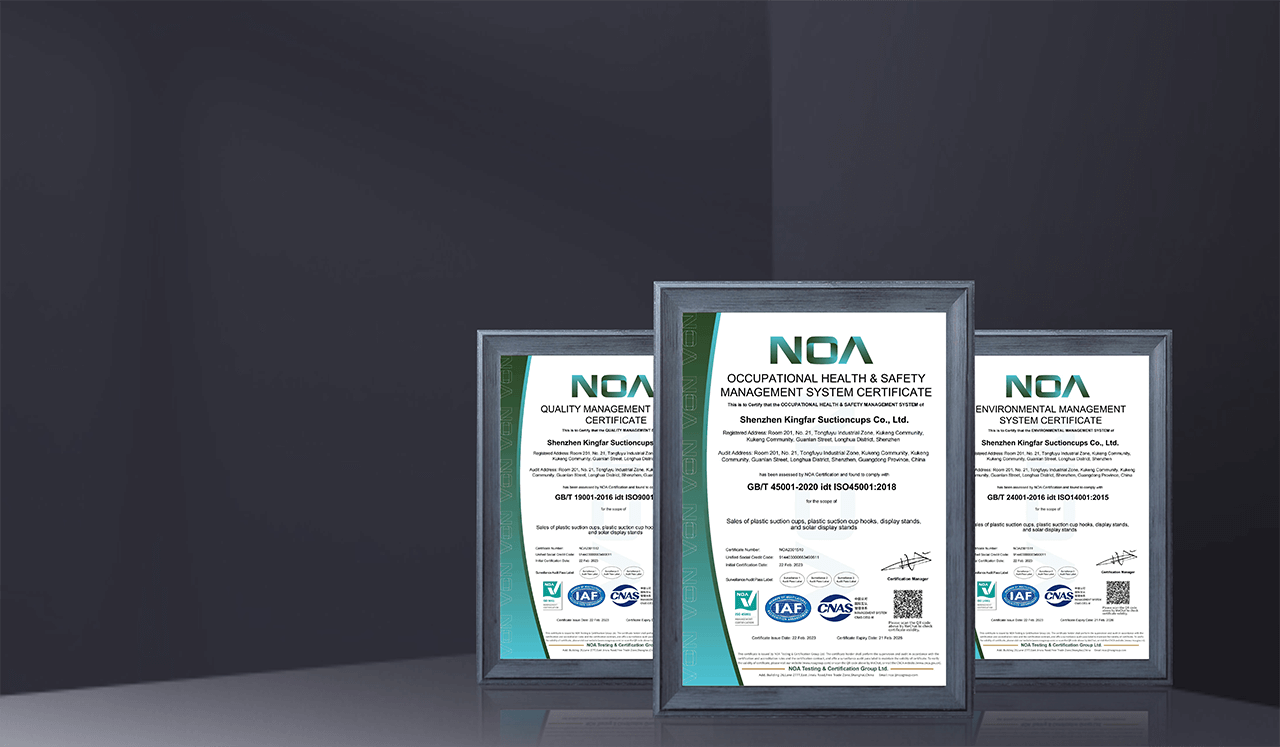
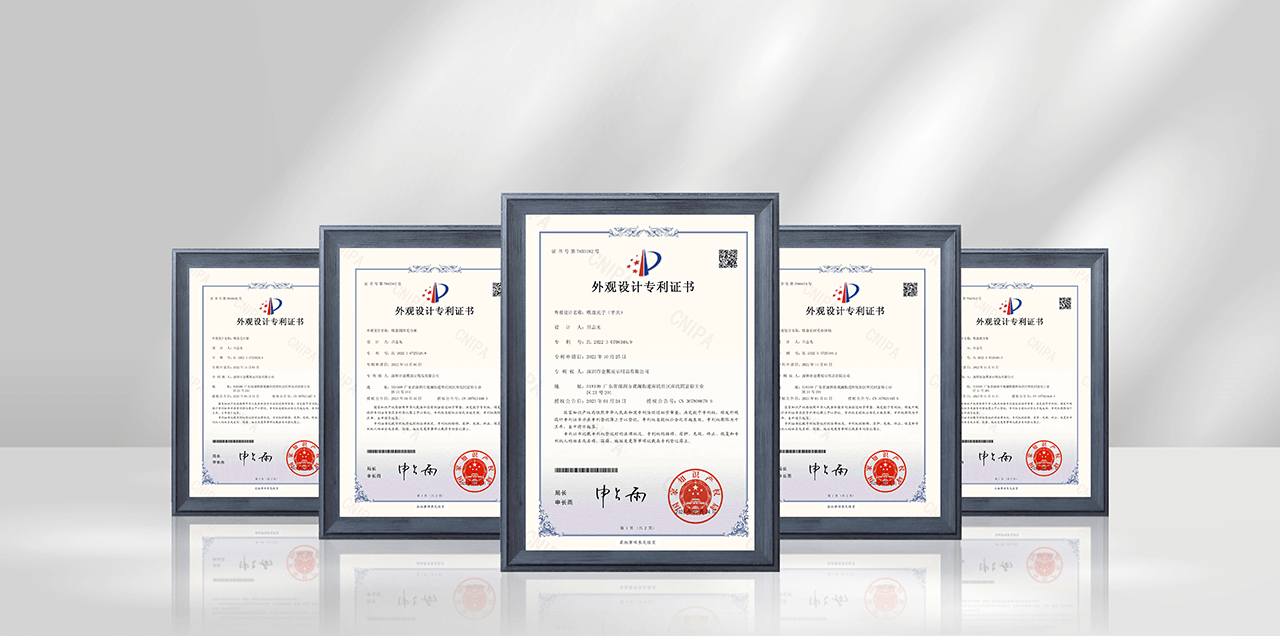
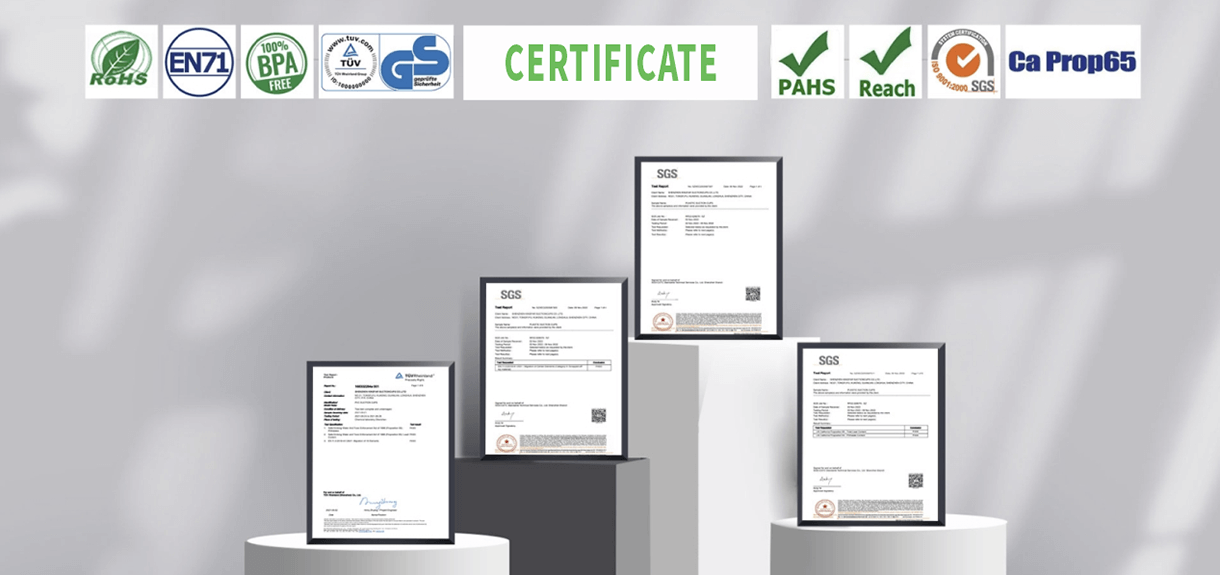
He has over 20 years of experience in PVC suction cups and POP display products. He registered Kingfar HK company established in 2003. After that, he added 3 companys as follows KINGFAR Suctioncups, FULLFAR Household, HOMEFAR Tech.
At first, we did business by trade and shipped to USA. But now, we have owner factory in Shenzhen City more than 3000m2

Our state-of-the-art manufacturing PVC suction cups into a wide variety of products sold to leading retailers and mass merchants around the world. We have also become the world's TOP5 supplier of PVC and phthalate-free suction cups.
Warmly welcome you visit our factory for establishing good business cooperation and look forward to working together in the future.
A suction cup, also known as a sucker, is an object that uses the negative fluid pressure of air or water to adhere to nonporous surfaces, creating a partial vacuum.
Suction cups are peripherial traits of some animals such as octopuses and squids, and have been reproduced artificially for numerous purposes.
8 Tips on Using Suction Cups
The care and use of suction cups is very simple.
A: Make sure the suction cup is clean and free from debris.
B: If the suction cup needs to be cleaned, wash in warm soapy water then dry gently with a lint-free cloth.
C: Clean the surface you are applying the suction cup to. It won’t adhere well to a dirty surface.
D: To enhance suction, a tiny dab of Vaseline or cooking oil may be rubbed on the rim of the cup.
E: Press the cup all the way down, against the surface.
F: The suction cup may need to be “burped” periodically by pressing down on it to remove any air that may have seeped in.
G: Temperature and humidity variations may make a suction cup lose its grip. If bonded above 40⁰ F/5⁰ C the cup will provide the most reliable service from 22⁰ to 120⁰ F.
H: To remove the cup, simply pull up on the release tab to break the suction.
US retailer
Purchasing
Hardware Store
President
Hotel
Procurement Engineer
Trade Company
CEO
Household
Design Engineer
Amazon.com
Shopper